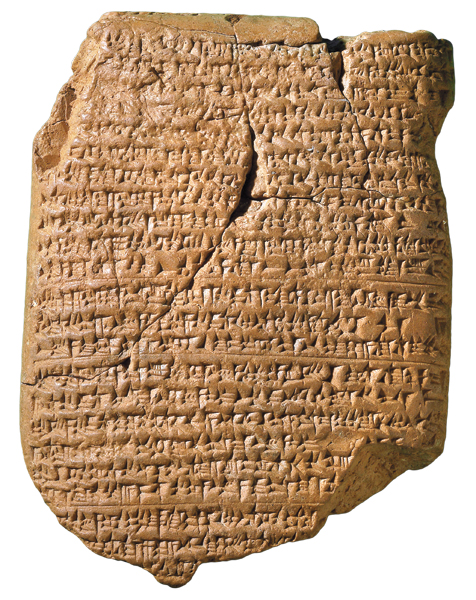Strata: Sounds of Destruction: Scholars Revive Babylonian Language

As Jerusalem was falling to the forces of Nebuchadnezzar in 586 B.C.E., its narrow streets and corridors would have echoed with the alien voices of invading troops speaking a language that few in the besieged city would have understood: Babylonian.
But what did this foreign Mesopotamian tongue sound like to the Judahites, many of whom were then rounded up and marched into exile by the Babylonian troops?
Scholars of Babylonian, also known as Assyriologists, have long grappled with this question. By the late 19th century, they had learned to read and translate the thousands of cuneiform tablets left behind by Babylonian scribes, but reconstructing the actual sounds of a language that hadn’t been spoken in more than 2,000 years remained even more elusive.
Now, a group of scholars headed by Dr. Martin J. Worthington of Cambridge University is using clues gathered from the ancient and modern languages of the Middle East and the ancient cuneiform texts themselves to approximate how Babylonian would have sounded.
Babylonian belongs to the Semitic language family, so one of the ways Assyriologists reconstruct its pronunciation is to look at sounds in related languages, such as Biblical Hebrew and Arabic. The Hebrew word for palace (heykal, pronounced hay-kal), for example, may provide a clue that the closely related Babylonian word for palace (ekallum) was pronounced with a long rather than short vowel sound at the beginning (thus ay-kallum).
Already a library member? Log in here.
Institution user? Log in with your IP address.

